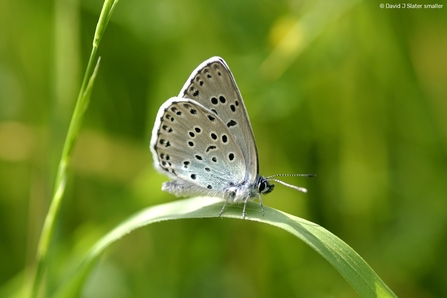We were honoured on Sunday night to have David Attenborough choose one of our wildflower meadow restoration projects, at Hogchester in West Dorset, to stage the first Wild Isles grassland piece-to-camera. True to this incredibly varied habitat, the images were brimming with colour and vitality, setting the scene for an episode full of enthralling wildlife and scintillating stories.
The meadow which featured in the opening sequence of the grassland episode is one of many species-rich grasslands that we have created over the last few years, amounting to approximately 100 Ha (a square kilometre) of vital new habitat. In Attenborough’s words ‘almost all grasslands in our Isles are managed by and for people – whether in the future we choose to make room in them for wildlife is up to us’. Working with the many farmers and landowners in our wider countryside keen to make such room for wildlife, we have recreated wildflower meadows to buffer and connect existing wildlife sites and provide habitat for hares, hoverflies and hawks.
Invariably using locally harvested seed for restoration, these freshly fashioned grasslands also serve as ark sites for distinctive and nectar-rich wild flowers like yellow-rattle (Rhinanthus minor), rough hawkbit (Leontodon hispidus), betony (Betonica officinalis) and West Dorset icon corky-fruited water dropwort (Oenanthe pimpinelloides) which surrounded the presenter. It's a particular pleasure to work with Rob Powell at Hogchester in celebrating and spreading flower-rich grasslands, and thankfully, supported by Dorset AONB, Dorset Wildlife Trust have forged a partnership with Hogchester to harvest local West Dorset wildflower seed and restore as many sustaining, sequestering and simply stunning new grassland sites as possible.







